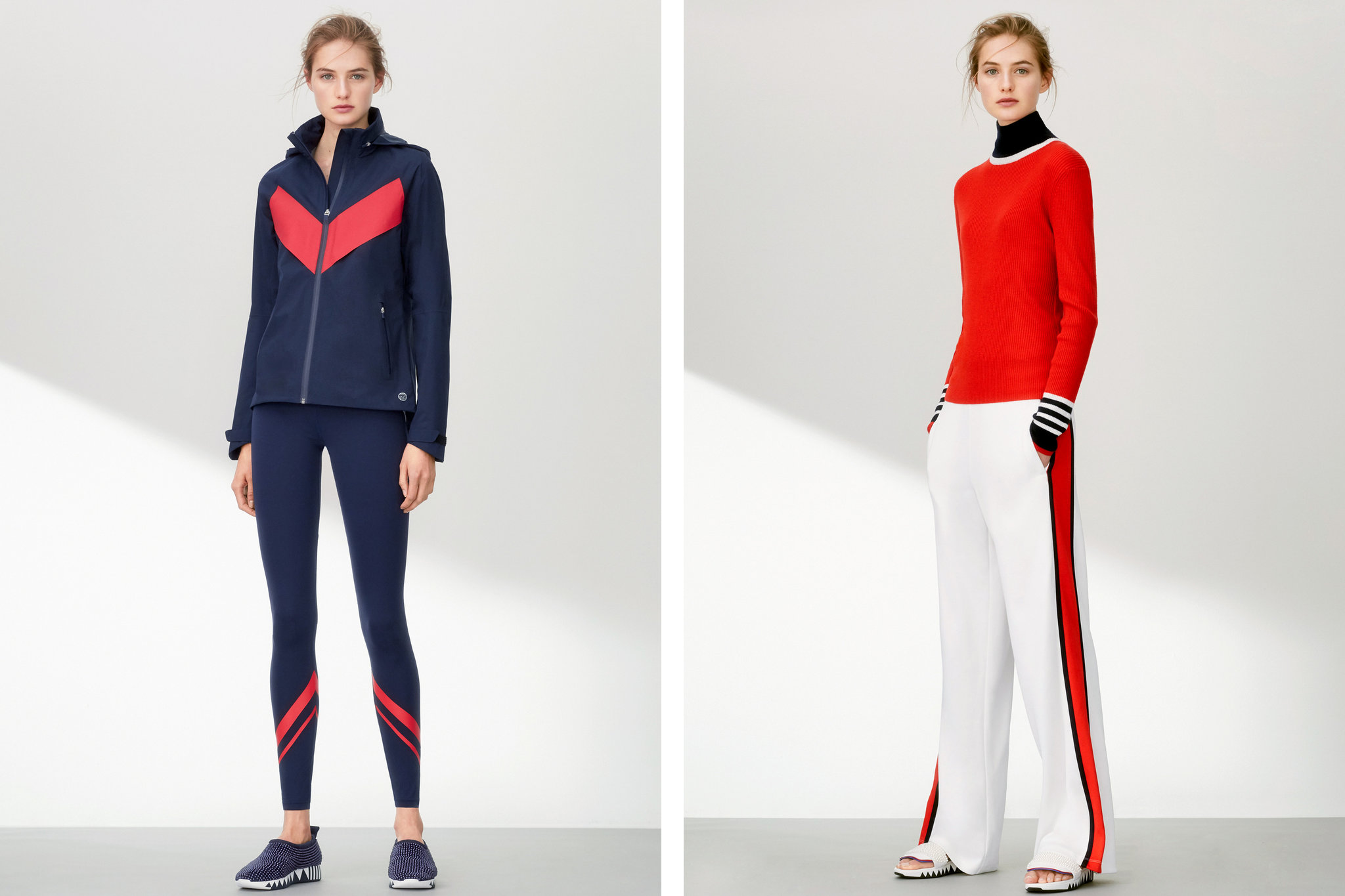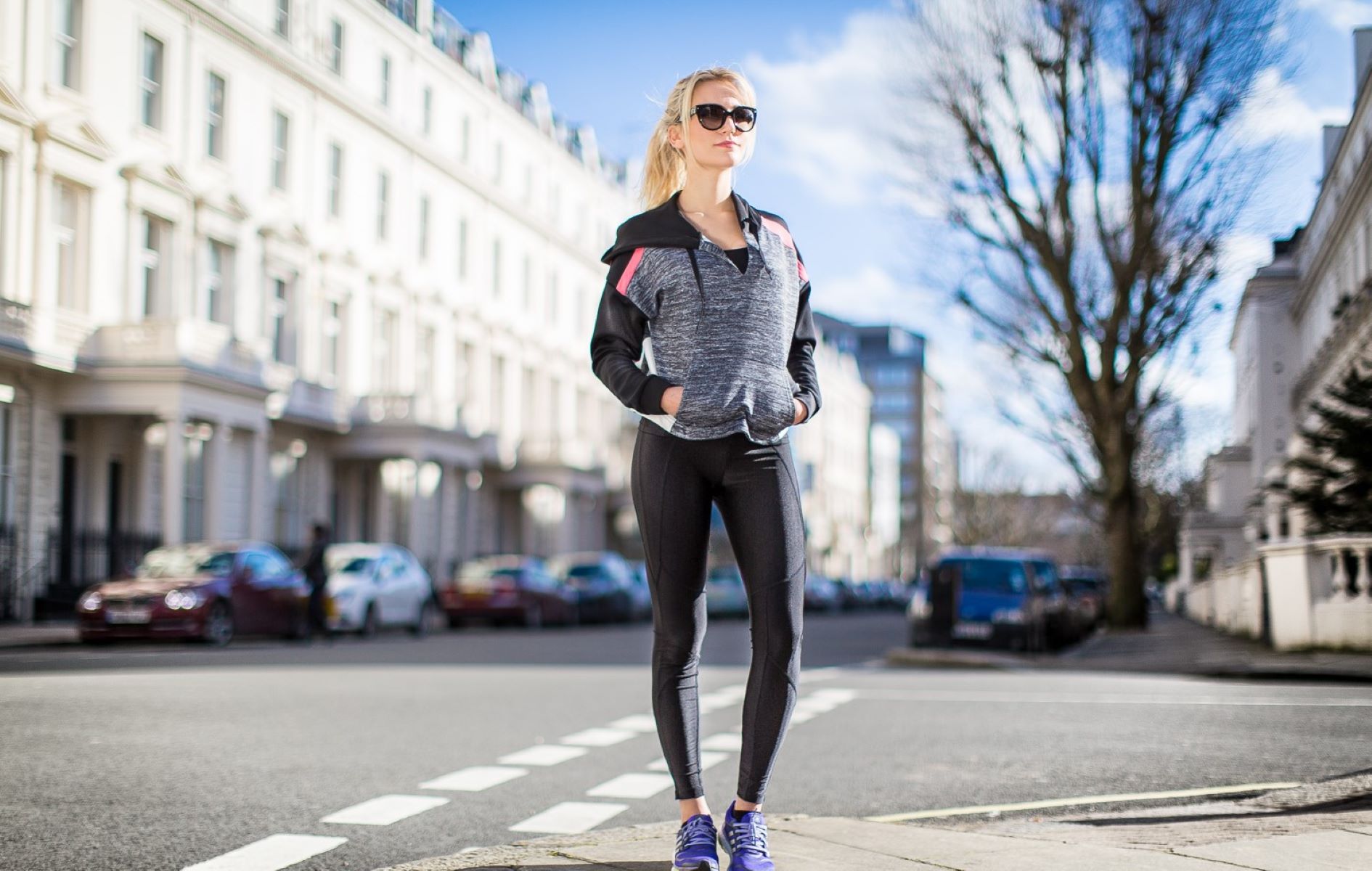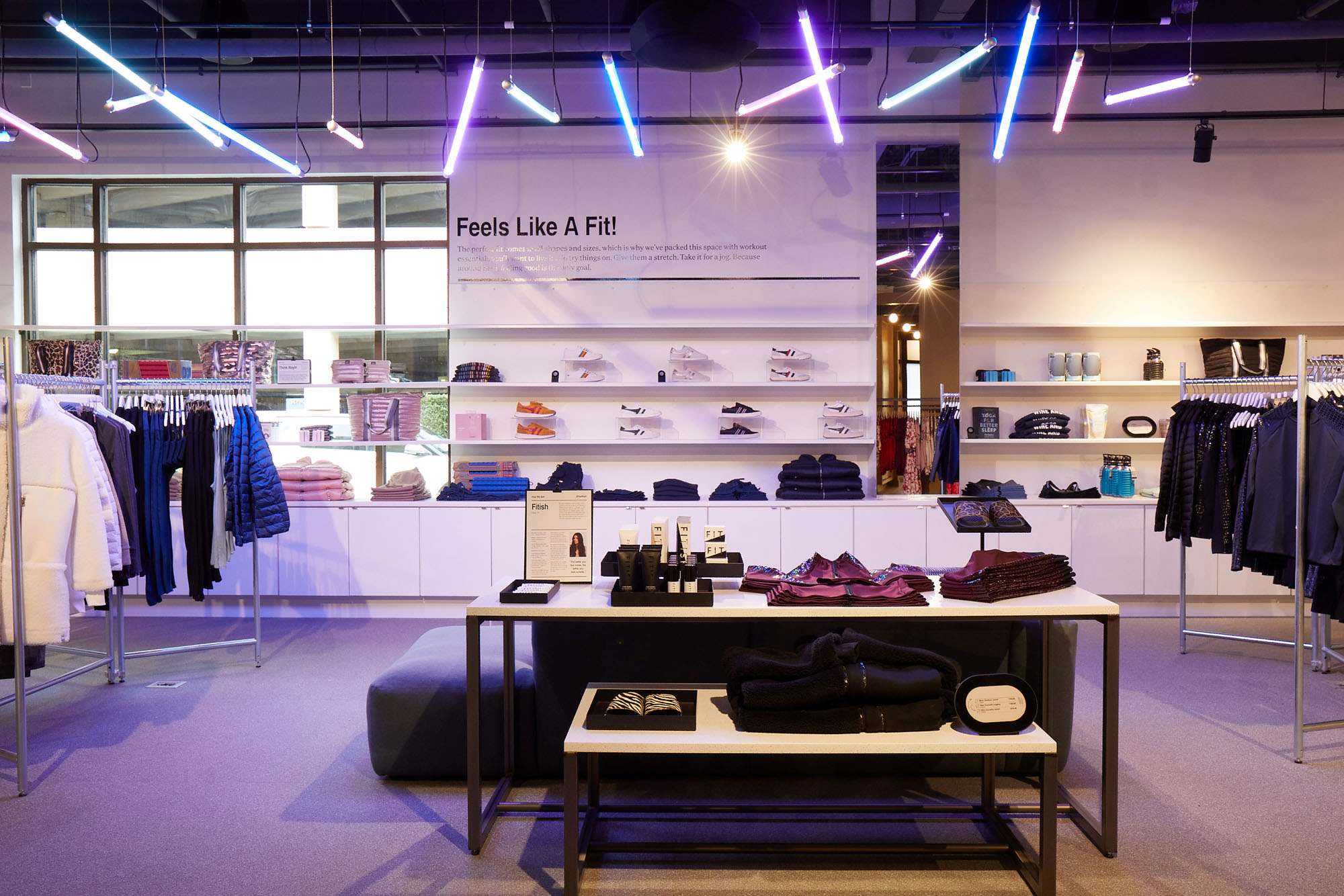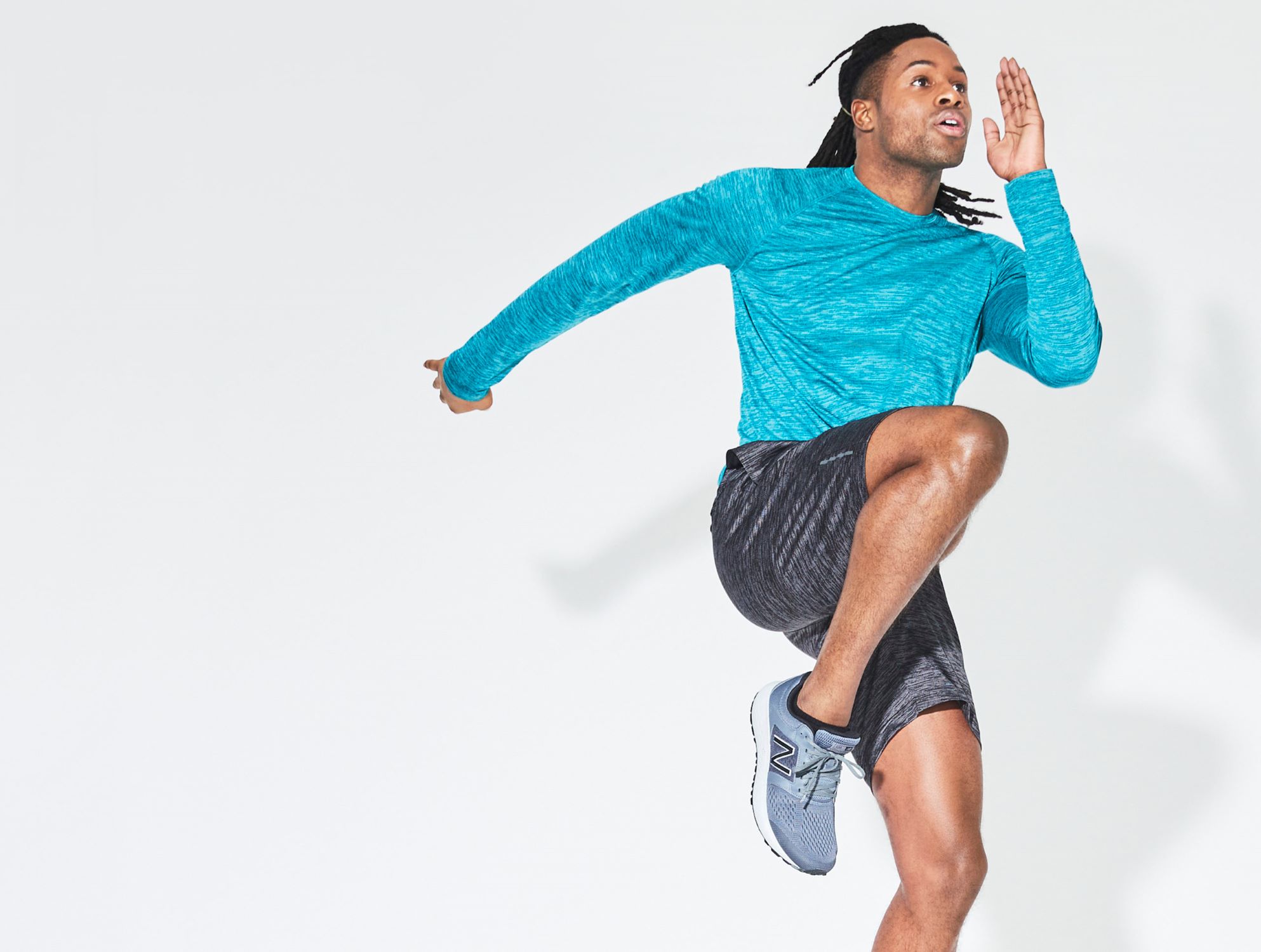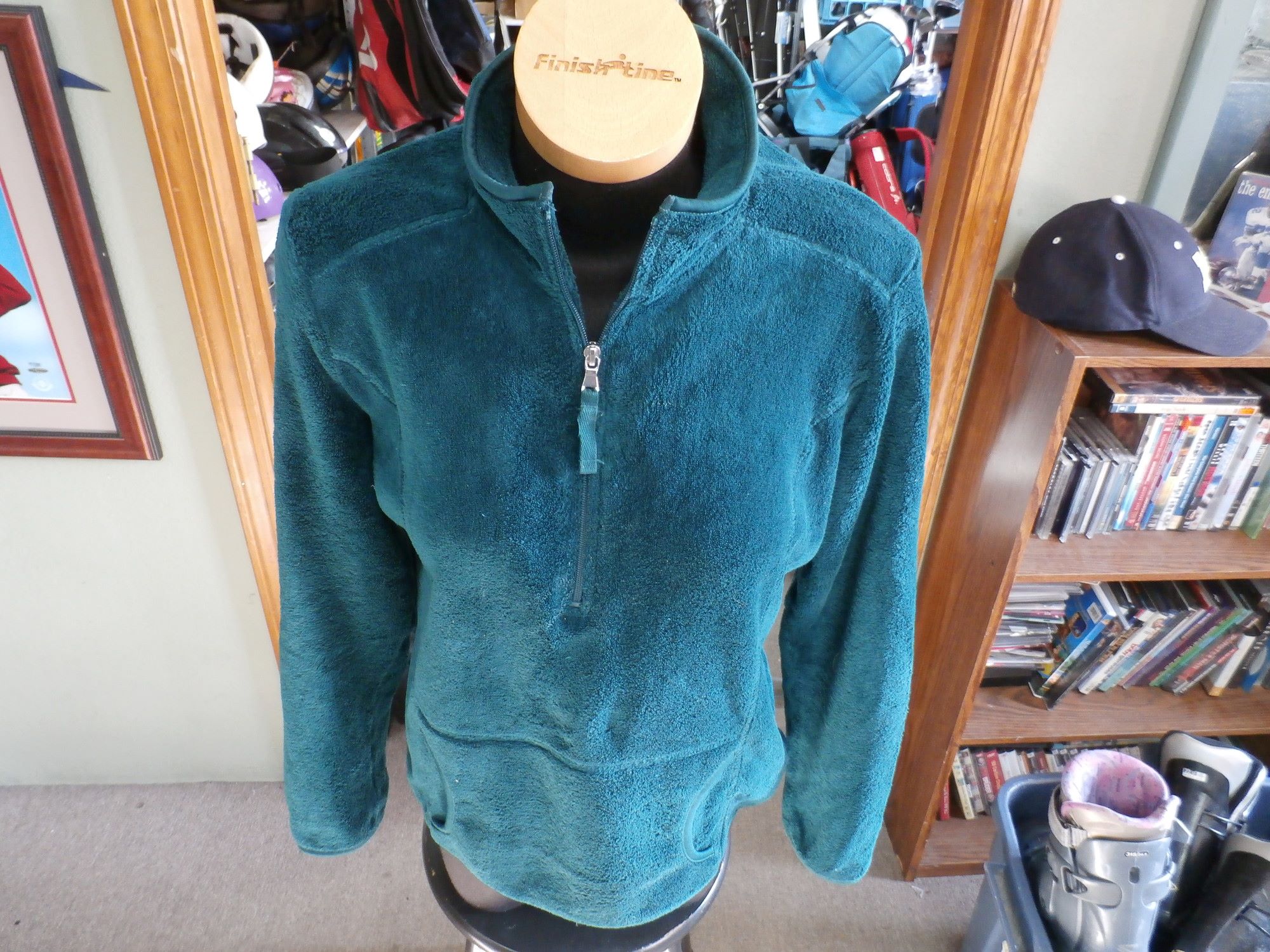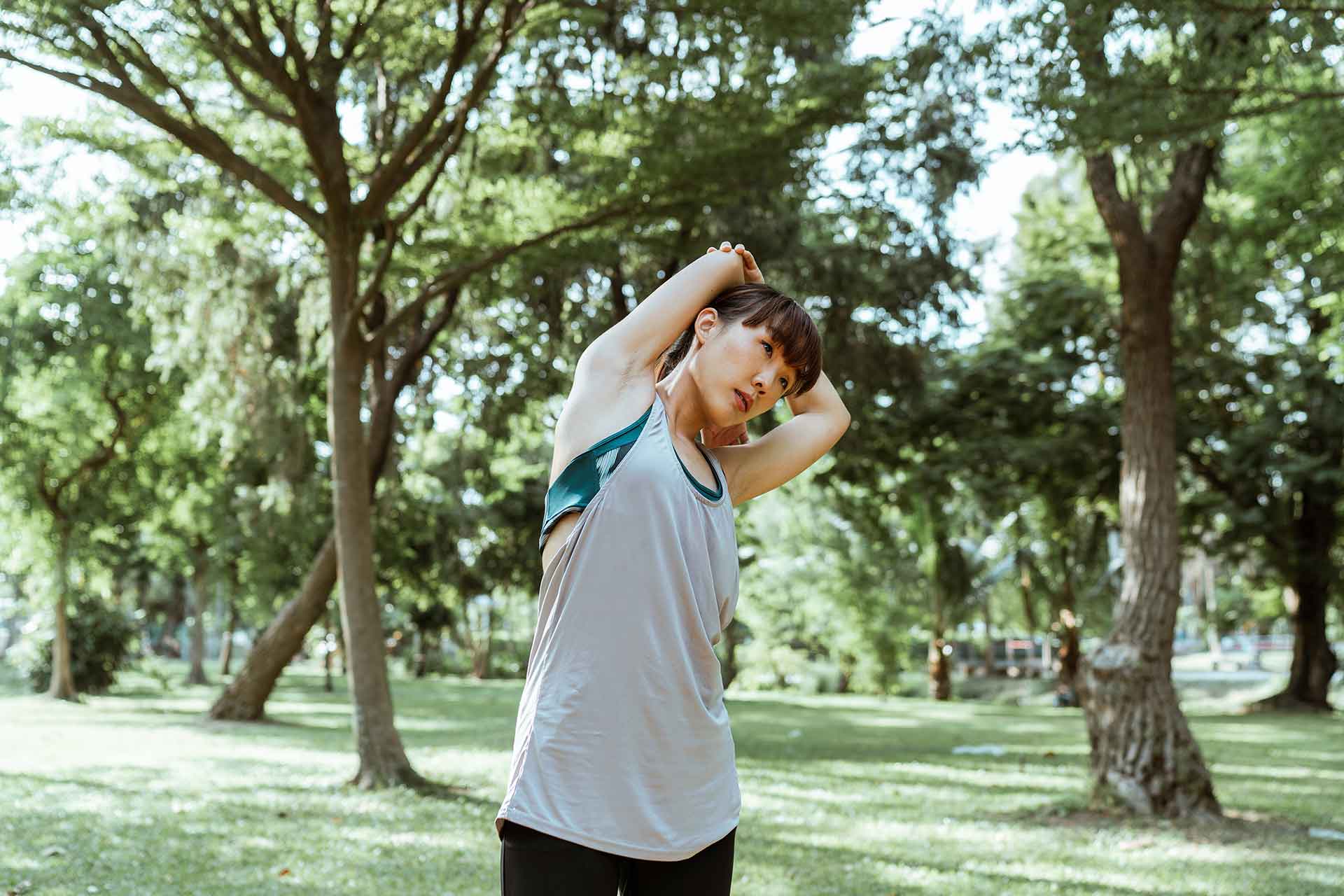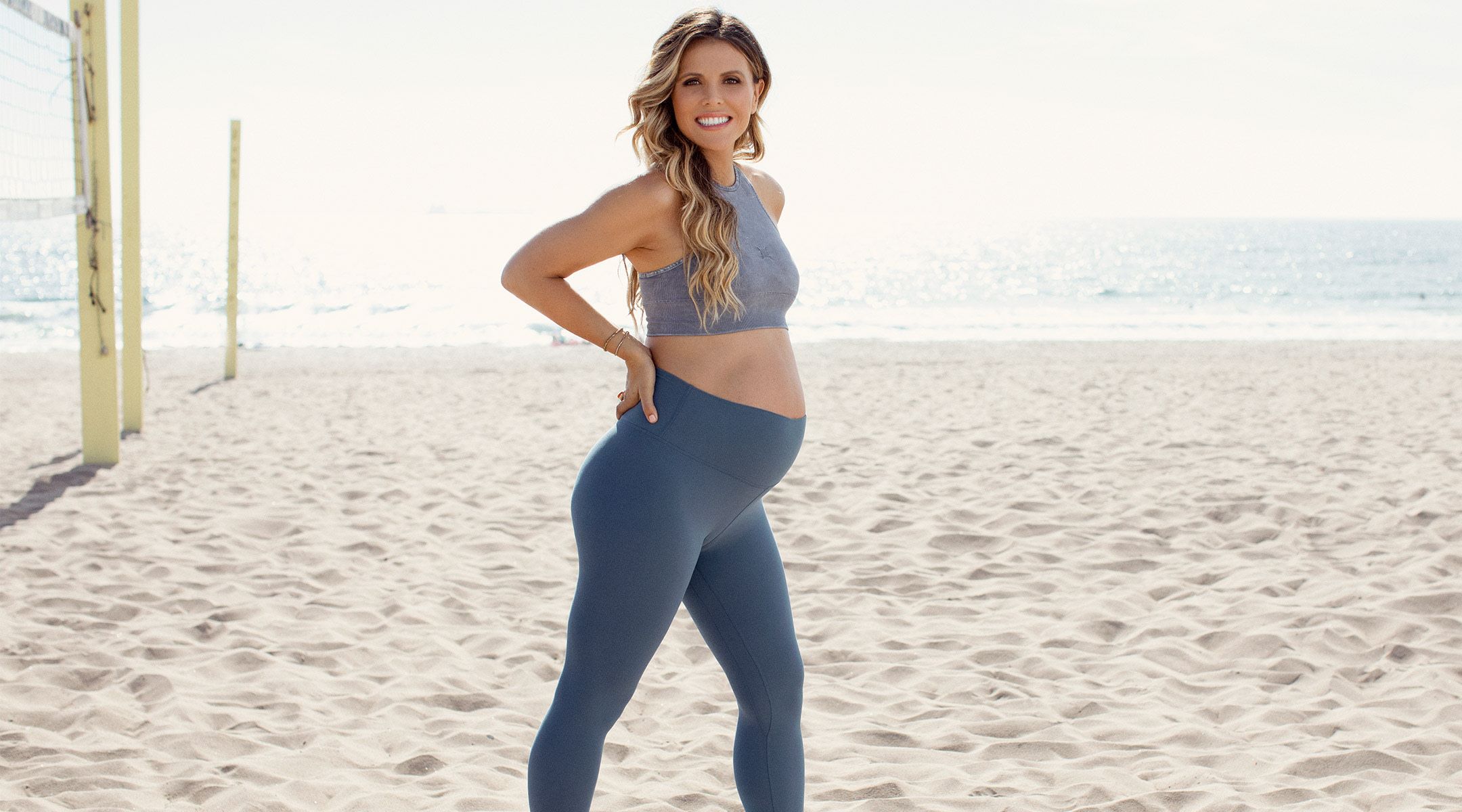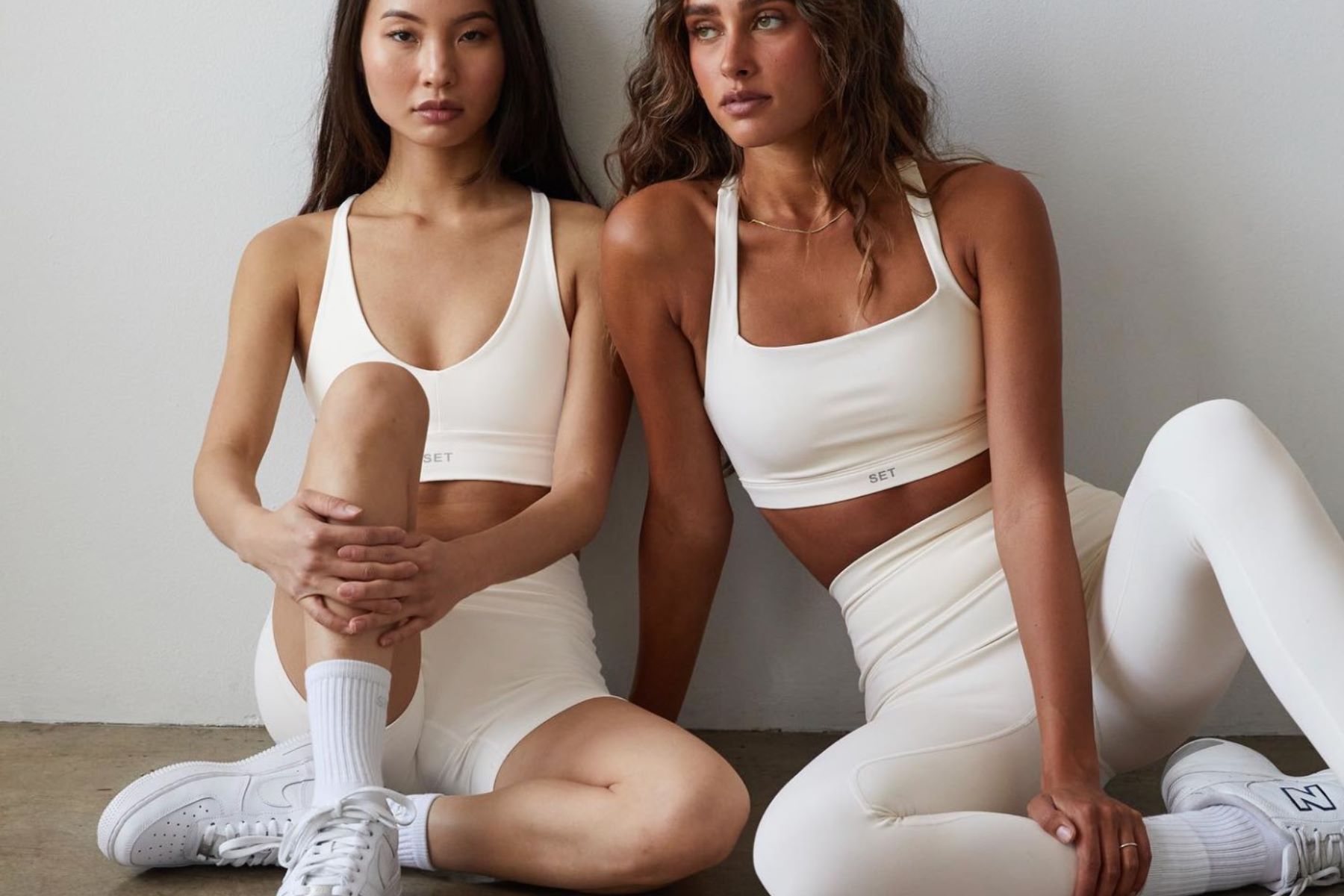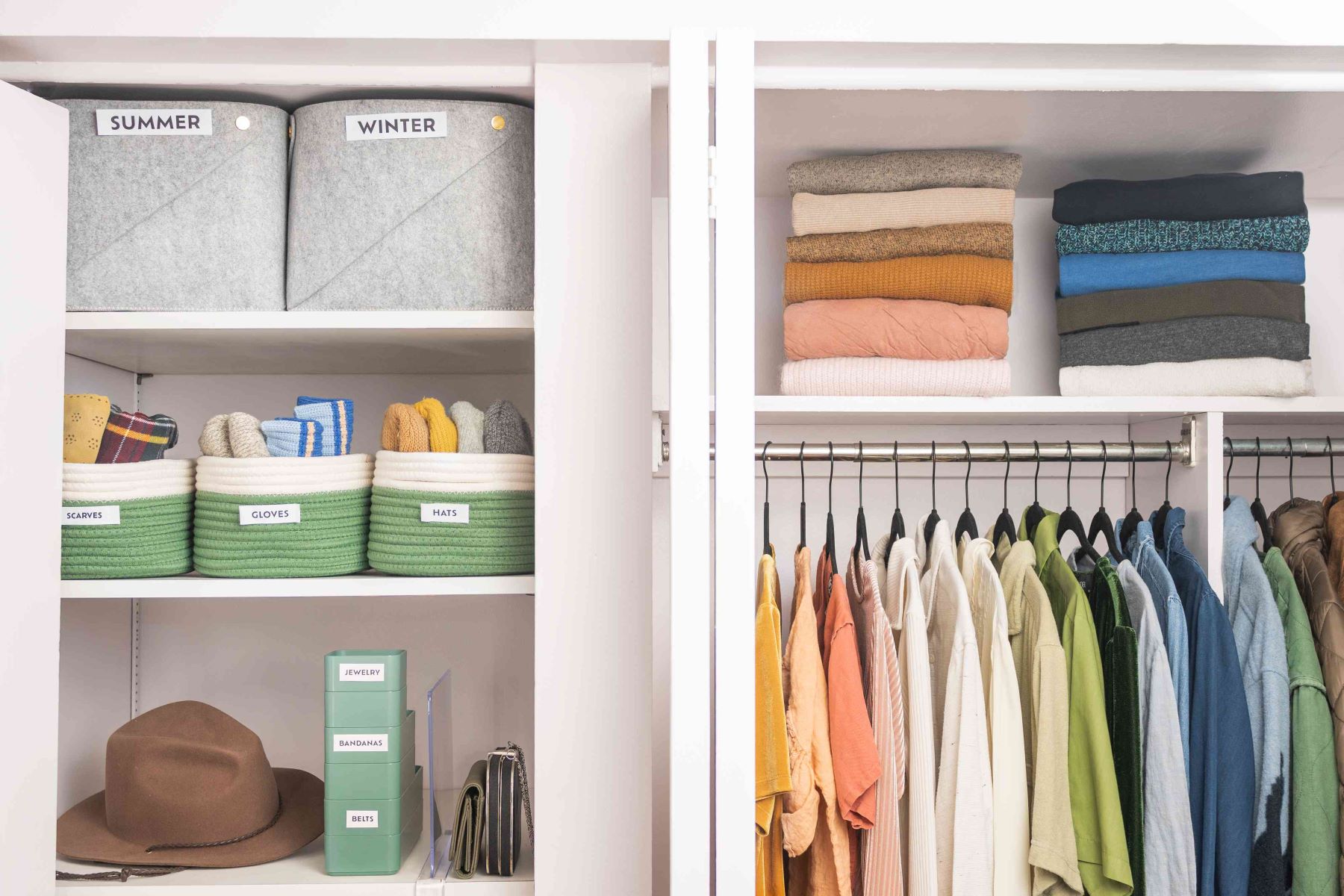

Featured
How To Store Activewear
Published: October 12, 2023
Discover the best ways to store your featured activewear collection with our helpful guide. Keep your workout gear organized and ready for the next session.
Introduction
When it comes to activewear, proper storage is key to maintaining its quality and functionality. Whether you’re a fitness enthusiast with a collection of high-performance leggings and sports bras, or someone who simply enjoys comfortable athleisure wear, keeping your activewear organized and in good condition is essential.
With the right storage techniques, you can ensure that your activewear remains fresh, unwrinkled, and ready for your next workout or casual outing. This article will provide you with practical tips and strategies for storing your activewear effectively and efficiently.
From choosing the right storage space to folding, hanging, and utilizing drawer dividers, we’ll cover everything you need to know to keep your activewear collection in top shape. We’ll also explore how to store activewear accessories such as headbands, socks, and gym belts.
By following these expert tips, you can create a well-organized storage system for your activewear that not only keeps everything easily accessible but also prolongs the lifespan of your favorite pieces. So, let’s dive in and discover how to store activewear properly!
Choosing the Right Storage Space
Before you start organizing your activewear collection, it’s important to choose the right storage space. Consider these factors when selecting where to store your activewear:
1. Accessibility: Opt for a storage area that is easily accessible, such as a closet or dresser drawer. This will make it convenient for you to grab your activewear whenever you need it.
2. Clean and Dry Environment: Select a storage space that is clean, dry, and well-ventilated. Moisture can lead to unpleasant odors, mold, and mildew, which can damage your activewear fabrics. Avoid storing your activewear in damp basements or attics.
3. Adequate Space: Make sure you have enough space to accommodate your activewear collection. Overcrowding can lead to wrinkling and damage to the fabrics. Consider decluttering and donating any items you no longer wear to create more room.
4. Natural Light Protection: While it’s important to choose a well-lit storage area, exposure to direct sunlight can fade and degrade the colors of your activewear. If possible, opt for a space with minimal sunlight or use blackout curtains or blinds to protect your garments.
5. Temperature Control: Extreme temperatures can also impact the quality of your activewear. Avoid storing your activewear in areas prone to high heat or cold, as this can affect the elasticity and performance of the fabrics.
By considering these factors, you can ensure that your chosen storage space provides the ideal conditions for preserving the integrity of your activewear collection. Once you’ve found the right area, it’s time to move on to the next step: sorting and folding.
Sorting and Folding Activewear
Sorting and folding your activewear is an essential step in keeping your collection organized and easily accessible. Here’s how to do it effectively:
1. Separate by Category: Start by sorting your activewear into categories based on their type, such as leggings, tops, shorts, or sports bras. This will make it easier to find specific items when you need them.
2. Evaluate By Wear Frequency: Within each category, further organize your activewear by wear frequency. Keep your most frequently worn items at the front for easy access. This way, you won’t have to dig through your entire collection to find your go-to workout leggings.
3. Fold Properly: Proper folding is crucial to prevent creases and wrinkles in your activewear. Lay each item flat on a clean surface and fold in half lengthwise. Then, fold the item in thirds or quarters, depending on its size, and smooth out any wrinkles as you go.
4. Utilize Storage Bins or Dividers: Consider using storage bins or dividers to separate and categorize your folded activewear within your chosen storage space. This can help keep everything neat and prevent items from getting mixed up or tangled.
5. Sort by Color: If aesthetics are important to you, you can take it a step further by sorting your activewear by color within each category. This will add a visually pleasing touch to your storage system and make it easier to coordinate your outfits.
Remember to handle delicate fabrics, such as moisture-wicking materials, with care to avoid snagging or stretching. By following these sorting and folding tips, you’ll have a well-organized activewear collection that’s easy to navigate and maintain.
Now that your activewear is neatly folded and sorted, it’s time to move on to the next storage technique: hanging.
Hanging Activewear
Hanging your activewear can be a great way to maximize space and keep your items easily visible and accessible. Here are some tips for hanging your activewear:
1. Choose the Right Hangers: Opt for hangers specifically designed for lightweight and delicate clothing, such as slim-line or velvet hangers. These hangers provide a non-slip surface that helps prevent your activewear from sliding off and getting tangled.
2. Hang by Category: Similar to the sorting step, hang your activewear by category. This can be done by dedicating sections of your closet or using separate hangers for each category. For example, hang leggings together, tops together, and so on.
3. Utilize Cascading Hangers: To save space, consider using cascading hangers that can hold multiple items vertically. These hangers allow you to hang several pairs of leggings or tops, maximizing space efficiency in your closet.
4. Keep Activewear Visible: Hang your activewear so that you can easily see the items at a glance. This will make it simple to select your outfit or find the specific piece you’re looking for without rummaging through your entire collection.
5. Avoid Overcrowding: While it’s tempting to fill up your closet with all your activewear, avoid overcrowding hangers. This can cause items to bunch up, wrinkle, or stretch out. Leave enough space between each item to maintain their shape and prevent damage.
6. Rotate your Collection: To ensure all your activewear gets equal wear, consider rotating your collection regularly. Move items that are at the front of your hanging section to the back, and vice versa. This will prevent certain pieces from being neglected and help extend their lifespan.
By following these hanging tips, you can create a visually appealing and functional display of your activewear. This method works particularly well for items like tank tops, jackets, and hoodies that can easily be seen and accessed when needed.
Next, we’ll explore another storage technique specifically designed for organizing smaller activewear items: using drawer dividers.
Using Drawer Dividers
Drawer dividers are a practical and efficient way to keep your smaller activewear items organized and easily accessible. Here’s how you can utilize them effectively:
1. Select Appropriate Dividers: Choose dividers that fit the size and shape of your drawers. Adjustable dividers allow you to customize the compartments according to your specific needs. Consider using dividers made from materials like acrylic or bamboo for durability and ease of cleaning.
2. Categorize Items: Determine the categories for your smaller activewear items, such as sports bras, socks, headbands, or gym belts. Assign a dedicated section or compartment for each category within your drawer.
3. Fold or Roll: Fold or roll smaller items like sports bras and underwear neatly before placing them in the designated compartments. This helps save space and keeps items organized within the dividers. Place socks in pairs to ensure easy matching when you need them.
4. Utilize Vertical Space: If your drawer is deep enough, consider using stackable dividers or adjustable organizers to make use of the vertical space. This allows you to maximize storage and keep items visible and easily accessible.
5. Label or Color-Code: For added convenience, consider labeling or color-coding your drawer dividers. This can help you quickly find specific items, especially if you have a large collection. Use labels or colored tabs to distinguish between different categories of activewear.
Drawer dividers are particularly useful for organizing smaller items that would otherwise get easily tangled or lost in a drawer. By implementing this storage technique, you can keep your activewear accessories well-organized and in excellent condition.
Now that we’ve covered how to store your activewear and accessories, let’s explore some additional tips for maintaining the quality of your activewear collection.
Storing Activewear Accessories
Properly storing your activewear accessories is just as important as storing your clothing items. Here are some tips for keeping your activewear accessories organized and in good condition:
1. Headbands and Hair Accessories: Keep your headbands and hair accessories neatly stored to prevent them from getting tangled. Consider using a small storage container or drawer dividers to keep them separated and easily accessible. For headbands, you can also loop them around a hanger or a hook to keep them organized and wrinkle-free.
2. Socks: Store socks in pairs to save time when getting ready for your workouts. Consider using drawer dividers or small storage containers to keep them organized. You can also use a sock organizer that hangs on the back of a door or attaches to a closet rod for easy access.
3. Gym Belts and Wraps: If you use gym belts or wraps, hang them on hooks or a dedicated belt rack to keep them off the ground and prevent damage. Make sure they are clean and dry before storing them, as moisture can lead to unpleasant odors and bacterial growth.
4. Gym Bags: If you have a gym bag specifically for your activewear, make sure to empty it out and clean it regularly. Remove any sweaty clothes or damp towels promptly to avoid mold and mildew. Store the bag in a well-ventilated area to prevent odors from lingering.
5. Shoe Storage: If you have dedicated athletic shoes for your workouts, consider using a shoe rack or cubby specifically designed for athletic footwear. This not only keeps them organized but also allows them to air out and dry properly between uses.
By giving your activewear accessories proper storage attention, you can prolong their lifespan and ensure they’re ready for your next workout session. Remember to clean and dry accessories before storing them to prevent any lingering moisture or odors.
Now that we’ve covered how to store and organize your activewear and accessories, let’s move on to some tips for maintaining the quality of your activewear items.
Tips for Maintaining Activewear Quality
Proper care and maintenance are crucial for preserving the quality and longevity of your activewear. Here are some tips to help you maintain your activewear collection:
1. Follow Washing Instructions: Always read and follow the washing instructions on the care label of your activewear items. Different fabrics and blends may have specific requirements, such as washing in cold water, using a gentle cycle, or avoiding fabric softeners. Following these instructions will help prevent damage to the fabrics and maintain their performance properties.
2. Avoid Over-washing: Activewear does not need to be washed after every single wear. Over-washing can cause wear and tear and may lead to the fabric losing its shape and elasticity. If your activewear doesn’t have any visible stains or odor, consider airing it out or spot cleaning instead of washing it every time.
3. Use Mild Detergent: Opt for a mild, preferably liquid, detergent specifically formulated for activewear. Harsh detergents and bleach can break down the fabrics and reduce their moisture-wicking and odor control properties. Look for detergents that are free of additives and dyes.
4. Turn Inside Out: Before washing your activewear, turn the garments inside out. This helps protect the outside fabric and any delicate details or graphics from friction and abrasion during the wash cycle.
5. Air Dry: Avoid using a dryer for your activewear, as high heat can damage the fabric’s elasticity and performance properties. Instead, lay your activewear flat or hang it to air dry. Direct sunlight may cause fading, so choose a shaded area or an indoor drying rack.
6. Avoid Fabric Softeners: Fabric softeners can leave a residue on activewear fabrics, reducing their moisture-wicking abilities. Skip fabric softeners, dryer sheets, and dryer balls when caring for your activewear.
7. Check for Damage: Regularly inspect your activewear for signs of wear, such as stretched seams or pilling. Repair any minor damages promptly to prevent further deterioration. If an item is beyond repair or no longer fits properly, consider donating or recycling it instead of keeping it in your collection.
By following these tips, you can ensure that your activewear stays in excellent condition, retains its performance properties, and lasts longer. Proper care and maintenance will not only save you money in the long run but also ensure that you get the most out of your favorite activewear items.
After implementing these tips, you’ll have an organized and well-maintained collection of activewear that’s ready for your next workout or casual outing. By properly storing and caring for your activewear, you can extend its lifespan and enjoy its benefits for years to come.
Conclusion
Properly storing and maintaining your activewear is essential for preserving its quality and functionality. From choosing the right storage space to sorting, folding, and utilizing various storage techniques, such as hanging and using drawer dividers, you can keep your activewear organized and easily accessible. Additionally, paying attention to storing activewear accessories and following proper care instructions, such as washing with mild detergent and air drying, will help prolong the lifespan of your activewear.
By implementing these storage and maintenance tips, you can create a well-organized activewear collection that is ready for your everyday workouts or casual outings. These strategies not only save you time and effort by keeping everything easily accessible but also ensure that you get the most out of your activewear investment.
Remember to regularly evaluate your collection and donate or recycle items that no longer serve you. This practice helps declutter your storage space and allows you to make room for new pieces that will bring you joy and motivation during your fitness journey.
So, take the time to organize your activewear, utilize proper storage techniques, and maintain your collection with care. Your activewear will thank you by staying in excellent condition, ready to support you in achieving your fitness and lifestyle goals.
